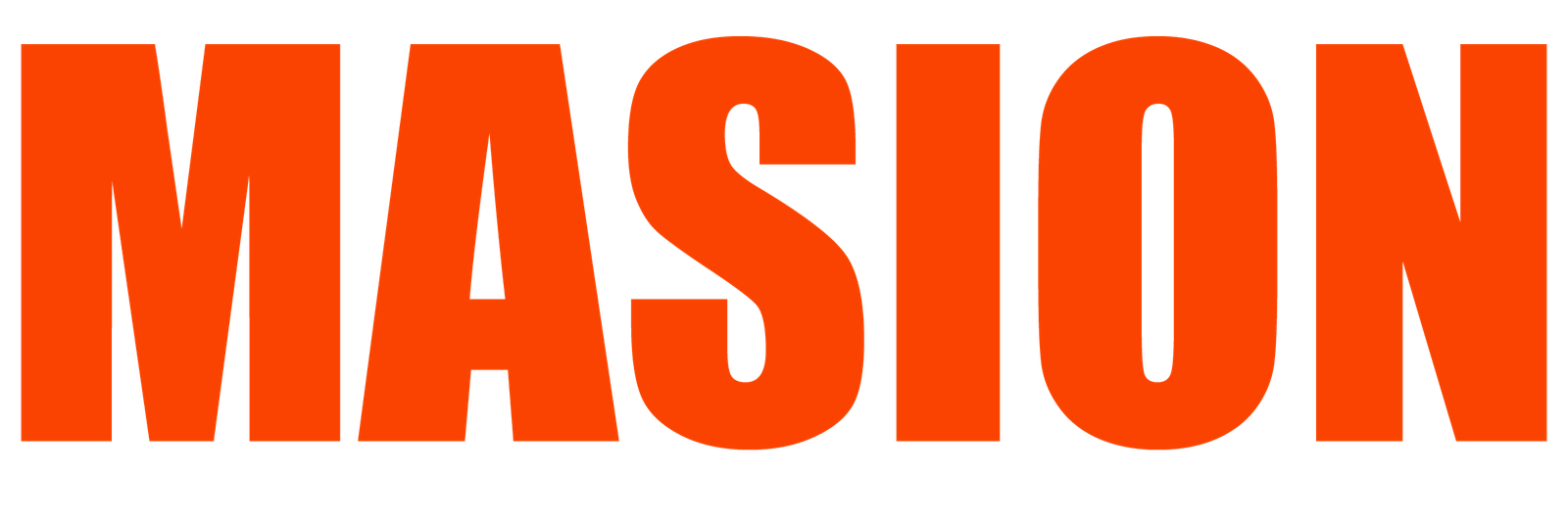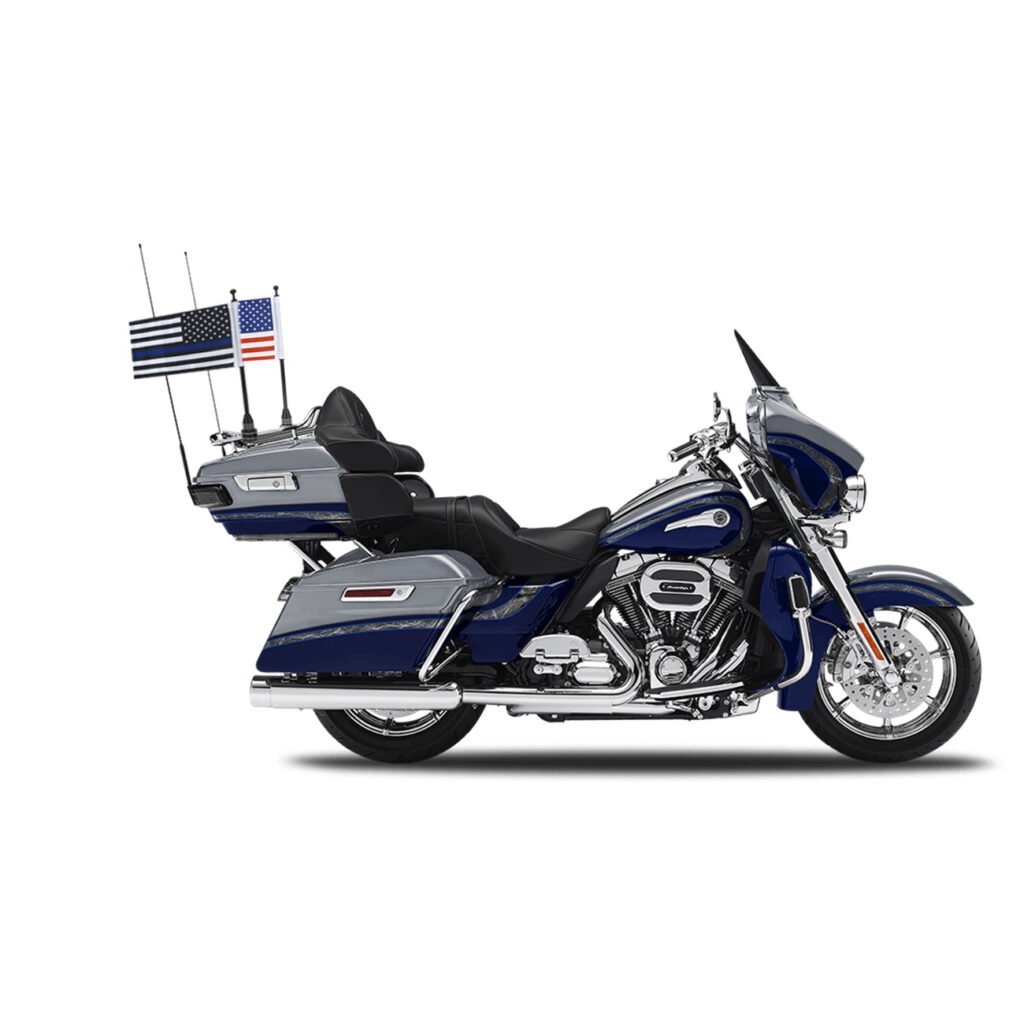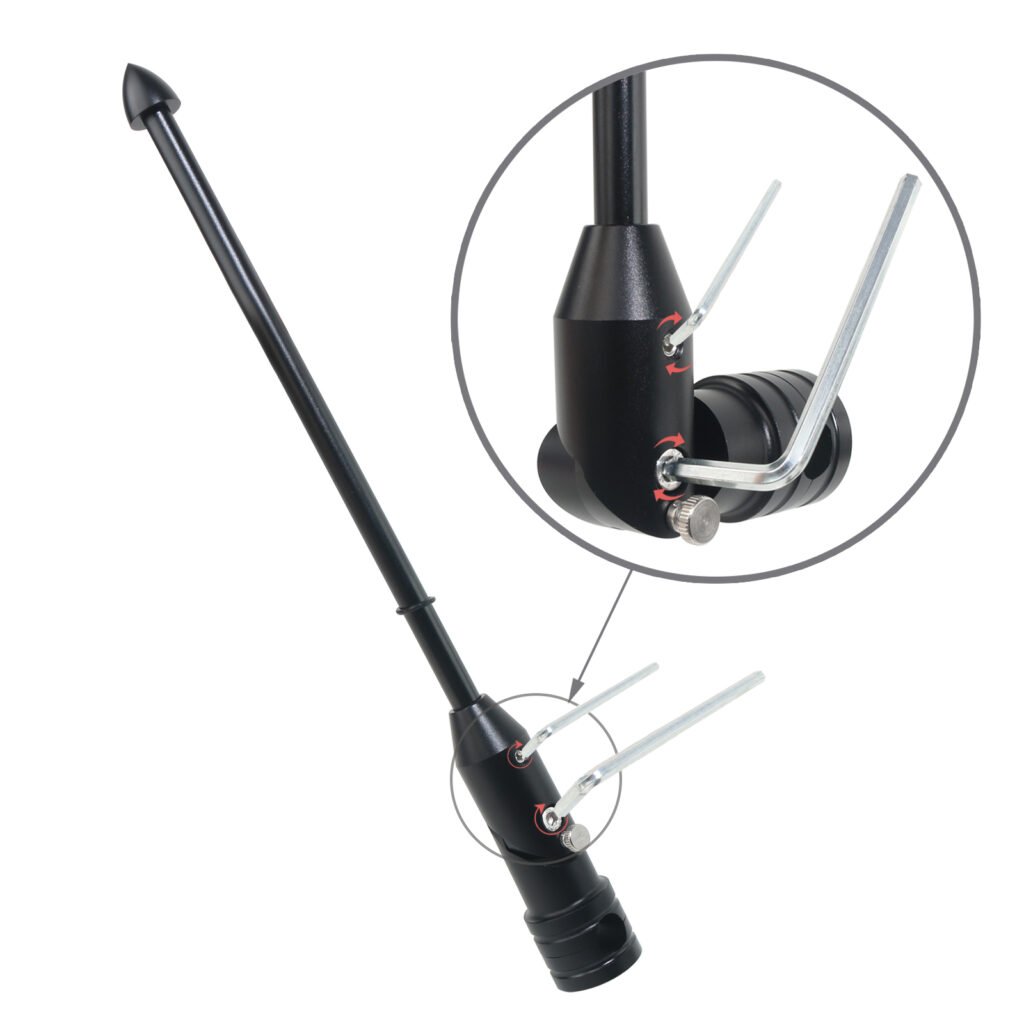
Your Harley’s fuel filter plays a crucial role in keeping the engine running smoothly. Over time, it collects debris and contaminants from the fuel, which can clog the filter and reduce performance. To maintain your motorcycle’s efficiency, it’s important to replace the fuel filter regularly; this isn’t just routine maintenance—it’s essential for preventing issues like hard starts, stalling, or throttle hesitation. Experts recommend that you replace the fuel filter every 20,000 miles or two years to ensure optimal performance. Think of it as giving your bike a fresh breath of clean fuel, keeping it ready for every ride.
Key Takeaways
Regularly replace your Harley’s fuel filter every 20,000 miles or two years to maintain optimal engine performance and prevent issues like stalling.
Gather essential tools such as wrenches, a fuel line disconnect tool, and safety gear before starting the replacement process to ensure a smooth experience.
Always prioritize safety by parking your bike on a stable surface, turning off the ignition, and disconnecting the battery before working on the fuel system.
Carefully follow the step-by-step instructions for removing and installing the fuel filter, paying attention to the orientation and securing connections to prevent leaks.
After installation, perform thorough checks for leaks and test the bike to ensure proper fuel flow and engine performance before hitting the road.
Tools and Materials Needed

Before diving into the process of replacing your Harley’s fuel filter, gather all the necessary tools and materials. Having everything ready will save you time and make the job smoother.
Essential Tools
You’ll need a few basic tools to get started. These are likely already in your toolbox:
Wrenches and screwdrivers: These will help you remove panels and clamps that secure the fuel filter in place. Make sure you have the right sizes for your Harley model.
Fuel line disconnect tool: This specialized tool makes detaching the fuel lines quick and safe. It’s a must-have for this task.
Pliers: Use these to grip and maneuver small components or clamps during the replacement process.
If you don’t already own a fuel line disconnect tool, consider investing in one like the Lang Tools Lang Lock Ring Tool, which is specifically designed for Harley Davidson fuel pump maintenance. It’s a handy addition to your toolkit.
Materials
Replacing the fuel filter also requires a few materials to ensure a clean and safe process:
Replacement fuel filter: Make sure the new filter is compatible with your Harley Davidson model. For example, the FPF Replacement Fuel Filter fits models like FXD, FXDWG, and FLHT from 2008 to 2017. Always double-check your bike’s manual or consult a professional if you’re unsure.
Fuel-safe container for draining gas: You’ll need this to catch any fuel that comes out during the process. A sturdy, leak-proof container works best.
Gloves and safety goggles: Protect your hands and eyes from fuel spills or debris. Safety should always come first.
Rags or towels for cleanup: Keep these on hand to wipe up any spills or drips. Fuel can be messy, so it’s better to be prepared.
When selecting a replacement fuel filter, remember to inspect the new filter for any plastic or rubber caps on the fuel filter canister. Remove these caps before installation to avoid issues during operation.
By gathering these tools and materials ahead of time, you’ll set yourself up for a hassle-free fuel filter replacement. Preparation is key to getting the job done right.
Preparation Steps
Before you dive into replacing the fuel filter on your Harley, it’s crucial to prepare properly. Taking the time to set up ensures a smoother process and keeps you safe throughout the job. Let’s break it down step by step.
Ensure Safety
Safety should always come first when working on your bike. Here’s how you can create a secure environment:
Park the bike on a stable surface and turn off the ignition. Choose a flat, solid area to prevent any movement while you work. A garage floor or driveway works well. Make sure the ignition is completely off to avoid accidental starts.
Disconnect the battery to prevent electrical hazards. Locate the battery and carefully disconnect the negative terminal first. This step eliminates the risk of sparks or electrical issues while you handle the fuel system.
Tip from experienced riders: Disconnecting the battery might seem like an extra step, but it’s a small effort that can save you from potential accidents.
Drain the Fuel Tank
Draining the fuel tank is essential before you replace the fuel filter. It prevents spills and makes the process cleaner.
Use a fuel-safe container to catch the drained gas. Place the container under the fuel tank’s drain point. Make sure it’s sturdy and leak-proof to avoid any mess. A container specifically designed for fuel storage works best.
Follow your bike’s manual for proper draining procedures. Every Harley model has slight differences in its fuel system. Refer to your owner’s manual for detailed instructions on how to drain the tank safely. If you’re unsure, take your time and double-check each step.
Pro Tip: Some riders recommend using a complete fuel pump kit for this process. These kits often include tools and instructions that simplify the task.
Locate the Fuel Filter
Finding the fuel filter is the next step. Its location varies depending on your Harley model, so knowing where to look is key.
Identify the fuel filter’s location based on your Harley Davidson model. Typically, the fuel filter is inside the fuel tank or near the fuel pump assembly. Check your manual or consult online forums like Harley Tech Talk for guidance specific to your bike.
A rider’s insight: Replacing the fuel filter can be tedious, especially if it’s located inside the tank. Patience is your best friend here. Take it slow and stay organized.
By following these preparation steps, you’ll set yourself up for success. A little planning goes a long way in making the process smooth and hassle-free. Now that you’re ready, it’s time to move on to the actual replacement process.
Step-by-Step Removal Process

Replacing the fuel filter on your Harley requires careful attention to detail. This step-by-step guide will walk you through the removal process, ensuring you handle each part with confidence.
Access the Fuel Filter
To start, you need to reach the fuel filter. Depending on your Harley model, this might involve removing some components.
Remove any covers or panels obstructing the fuel filter.
Use a screwdriver or wrench to take off any panels that block access to the fuel filter. For many Harley models, the fuel filter is located inside the fuel tank or near the fuel pump assembly. Refer to your service manual for specific instructions. For example, the 2007 Street Glide Service Manual provides detailed steps for accessing the fuel filter, which can be helpful if you own this model.Use the appropriate tools to loosen clamps or fasteners.
Once the panels are out of the way, locate the clamps or fasteners securing the fuel filter canister. Use pliers or a wrench to loosen them. Keep these parts organized so you can easily reassemble them later.
Pro Tip: Take photos of the setup before removing anything. This will help you remember how everything fits back together.
Disconnect the Fuel Lines
With the fuel filter exposed, the next step is to disconnect the fuel lines. This part requires precision and care.
Use the fuel line disconnect tool to safely detach the lines.
A fuel line disconnect tool is essential for this step. Insert the tool into the connection point and gently pull the fuel lines away from the filter. This tool prevents damage to the lines and ensures a clean disconnection.Be prepared for any residual fuel to spill and clean it up immediately.
Even after draining the fuel tank, some fuel might remain in the lines. Keep a rag or towel handy to wipe up any spills. A fuel-safe container nearby can also help catch any drips.
Safety Reminder: Always wear gloves and safety goggles during this step to protect yourself from fuel exposure.
Remove the Old Fuel Filter
Now it’s time to take out the old fuel filter. Handle this step carefully to avoid damaging surrounding components.
Carefully take out the old filter, noting its orientation for reference.
Pay close attention to how the old filter is positioned. The orientation matters when you install the new one. Gently pull the filter out of its housing. If it feels stuck, wiggle it slightly to loosen it.Inspect the old filter for signs of wear or damage.
Look for clogs, cracks, or excessive debris. This can give you insight into the condition of your fuel system and whether other components might need attention.
Quick Tip: If you’re unsure about the orientation, check your Harley’s service manual or consult online forums like Harley Tech Talk for guidance.
By following these steps, you’ll successfully remove the old fuel filter and prepare your bike for the next phase: installing the new filter. Taking your time and staying organized will make the process smoother and more efficient.
Step-by-Step Installation Process
Now that you’ve removed the old fuel filter, it’s time to install the new one. This part of the process is straightforward if you stay organized and follow these steps carefully.
Install the New Fuel Filter
Position the new filter in the same orientation as the old one.
Take the new fuel filter and align it exactly as the old one was positioned. Orientation matters here, so double-check before proceeding. If you’re unsure, refer to the photos you took earlier or consult your Harley’s manual. Proper alignment ensures the fuel flows correctly through the system.Secure it with clamps or fasteners, ensuring a snug fit.
Use the clamps or fasteners you removed earlier to secure the new filter in place. Tighten them firmly but avoid over-tightening, which could damage the filter or its housing. A snug fit is essential to prevent leaks and keep the filter stable during operation.
Quick Tip: If your Harley uses a fuel filter canister, make sure the canister is properly seated and locked into place. This step is crucial for a successful installation.
Reconnect the Fuel Lines
Attach the fuel lines to the new filter, ensuring they are properly sealed.
Reconnect the fuel lines to the new filter. Push them firmly into place until you hear or feel a click, indicating they’re securely attached. Proper sealing prevents fuel from leaking and ensures smooth operation.Double-check for any leaks or loose connections.
Inspect the connections closely. Look for any signs of looseness or gaps. Wipe the area clean and check again to confirm there are no leaks. A quick inspection now can save you from potential issues later.
Pro Tip: After reconnecting the lines, gently tug on them to ensure they’re locked in place. This extra step adds peace of mind.
Reassemble the Bike
Replace any covers or panels removed earlier.
Reattach the panels or covers you removed to access the fuel filter. Use the screws or fasteners you set aside earlier. Make sure everything is aligned properly before tightening. This step restores your bike’s appearance and protects the internal components.
Reminder: Don’t rush this step. Ensuring all parts are securely reassembled will keep your Harley looking great and running safely.
By following these steps, you’ll successfully install the new fuel filter and complete the replacement process. Taking your time and paying attention to detail will make a big difference in the outcome. Once everything is back in place, you’re ready to move on to the final checks and testing.
Final Checks and Testing
You’ve replaced the fuel filter and reassembled your Harley. Now, it’s time to ensure everything is working perfectly. These final checks will confirm that your bike is ready to hit the road without any issues.
Reconnect the Battery
Start by reconnecting the battery. This step brings your bike back to life.
Safely reconnect the battery terminals.
Attach the positive terminal first, followed by the negative terminal. Tighten the connections securely to avoid any loose contacts. A firm connection ensures the electrical system functions properly.
Quick Tip: Double-check the terminals for any corrosion or dirt before reconnecting. Clean them if necessary to maintain a strong electrical connection.
Test the Bike
Now that the battery is reconnected, it’s time to test your Harley. This step ensures the fuel system is functioning as it should.
Turn on the ignition and check for proper fuel flow.
Switch on the ignition and listen for the fuel pump priming the system. A smooth, consistent sound indicates that the fuel is flowing correctly through the new filter. If you hear unusual noises, like whining or sputtering, it might signal an issue with the fuel filter canister or the fuel tank connections.Start the engine and listen for any unusual sounds or issues.
Fire up the engine and let it idle for a few minutes. Pay attention to how it runs. A steady, smooth idle means the replacement was successful. If the engine hesitates or stalls, recheck the filter installation and fuel line connections.
Pro Insight: A rider once shared how their fuel pump made a whining noise after replacing the filter. It turned out the fuel filter wasn’t seated properly in the canister. Always double-check the fit to avoid similar problems.
Inspect for Leaks
The final step is a thorough inspection for leaks. This ensures your bike is safe to ride.
Perform a visual inspection to ensure there are no fuel leaks.
Look closely at the fuel lines, clamps, and the area around the fuel filter canister. Check for any signs of fuel dripping or pooling. Use a clean rag to wipe the connections and observe if any fresh fuel appears. Even a small leak can lead to bigger problems, so address it immediately.
Safety Reminder: If you spot a leak, turn off the ignition and fix the issue before starting the bike again. Fuel leaks can pose serious safety risks.
By completing these final checks, you’ll confirm that your Harley is in top shape. Taking the time to test and inspect ensures a smooth ride and gives you peace of mind. Now, you’re ready to enjoy the open road with confidence.
Replacing the fuel filter on your Harley is a manageable task when you have the right tools and follow the proper steps. Regularly changing the fuel filter keeps your engine running smoothly, prevents costly repairs, and ensures consistent performance. Routine maintenance like this protects critical components, such as the fuel filter canister, from damage caused by debris or restricted fuel flow. Take pride in completing this essential task yourself. If you ever feel unsure, don’t hesitate to consult a professional for guidance. Your bike deserves the best care to stay road-ready.
FAQ
How often should I replace the fuel filter on my Harley?
You should replace the fuel filter every 20,000 miles or once a year, whichever comes first. Regular replacement ensures your engine runs smoothly and prevents issues like hard starts or stalling. Always check your owner’s manual for specific recommendations for your Harley model.
What are the signs of a bad fuel filter?
A clogged or failing fuel filter can cause several noticeable symptoms. These include difficulty starting your bike, rough idling, stalling, or hesitation when you throttle. If you experience any of these issues, inspect the fuel filter as part of your troubleshooting process.
Can I replace the fuel filter myself, or should I visit a mechanic?
You can replace the fuel filter yourself if you’re comfortable working on your Harley. The process requires basic tools and attention to detail. However, if you’re unsure or lack the necessary tools, visiting a professional mechanic or Harley-Davidson dealer is a safe option.
Do I need a specific fuel filter for my Harley model?
Yes, you’ll need a fuel filter compatible with your Harley model. Using the wrong filter can lead to improper fuel flow or damage to the fuel system. Refer to your owner’s manual or consult a Harley-Davidson dealer to ensure you purchase the correct replacement part.
What tools do I need to replace the fuel filter?
You’ll need basic tools like wrenches, screwdrivers, and pliers. A fuel line disconnect tool is also essential for safely detaching the fuel lines. Having a fuel-safe container, gloves, and safety goggles will make the process cleaner and safer.
How do I locate the fuel filter on my Harley?
The location of the fuel filter depends on your Harley model. In most cases, it’s inside the fuel tank or near the fuel pump assembly. Check your owner’s manual for guidance or consult online forums for model-specific advice.
What should I do with the old fuel filter after removal?
Dispose of the old fuel filter responsibly. Place it in a sealed bag or container to prevent fuel leaks. Many auto parts stores or recycling centers accept used filters for proper disposal. Avoid throwing it in regular trash to protect the environment.
Do you carry a replacement fuel filter for my 2001 Harley Ultra Classic?
For model-specific information about fuel filter replacements, refer to your Harley-Davidson service manual. Alternatively, visit a Harley-Davidson dealer to find the correct replacement part for your bike.
Is it safe to ride with a clogged fuel filter?
Riding with a clogged fuel filter isn’t safe. It restricts fuel flow, which can cause your engine to stall or hesitate during acceleration. This can be dangerous, especially in traffic. Replace the filter promptly to avoid these risks.
What precautions should I take when replacing the fuel filter?
Always prioritize safety. Park your bike on a stable surface, turn off the ignition, and disconnect the battery to prevent electrical hazards. Wear gloves and safety goggles to protect yourself from fuel spills. Follow your owner’s manual for detailed instructions.


